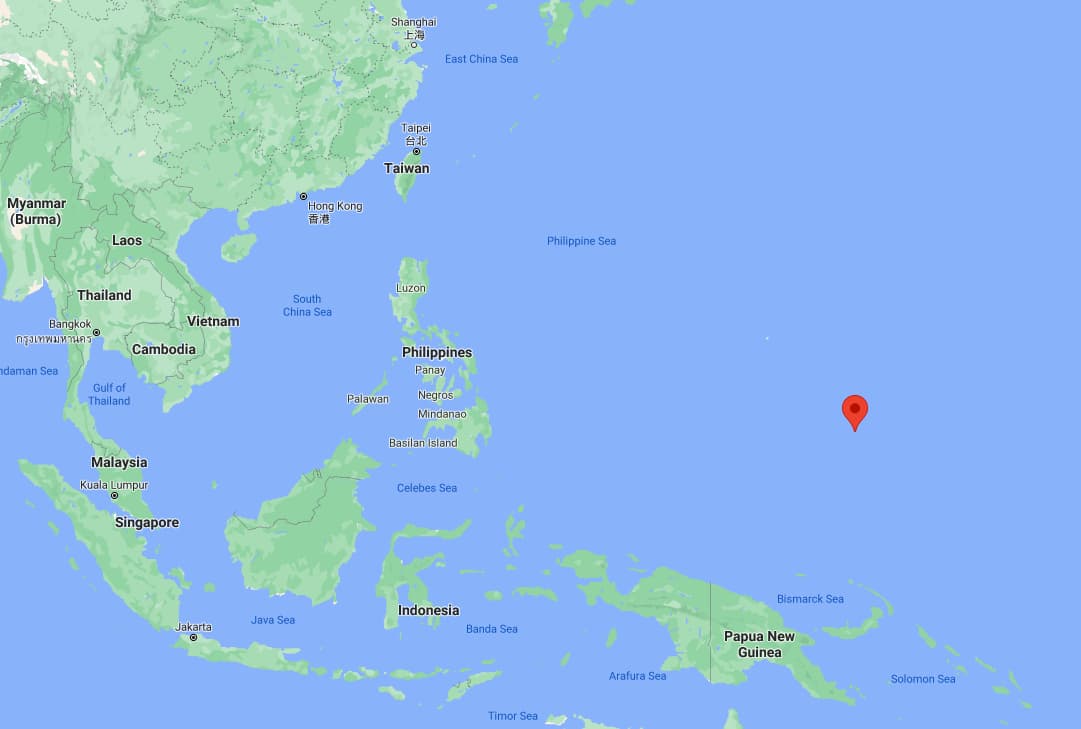Historical overview of how the Yapese people created a stone-age ledger system that led to today's modern blockchain and DLT systems.
The ledger payment system is possibly older than the barter system and even older than the banking system. A general ledger and the concept of ledgers are second nature to human beings. There was a time in history where a ledger was simply a remembrance of transactions. The Yapese people used a system of accounting that could be described as a stone-age ledger system on the island of Yap.
Today’s ledger systems in accounting are rather complex. They involve debt, credit, a middleman, a contract, and a repayment plan. In ancient Micronesia, a general ledger was a very simple and natural system. It was used to identify the exchange of goods or services with the postponement of payment. A ledger in financial terms represents a record-keeping system. On the island of Yap, trust played an important role because payment agreements needed to be recalled by memory. It is hard to imagine that payments were recalled by memory. As you might imagine, human error might have led to its abandonment.
It is likely that these systems existed in other places in the world and were replaced by the barter system because they were not easy to maintain simply due to human inefficiency. Time also factored in their ability to recall agreements. It is a generally accepted notion that bartering preceded money systems and while this may be true in some regions, it is also possible that the concept of a ledger system preceded the barter system and preceded the concept of coins altogether. The island of yap maintained a system that resembled a ledger system for thousands of years, beginning as early as 500 AD.
The First Ledger System In History
What is mostly not spoken of is the Yapese ledger system. There was, however, no record of transactions represented by a physical ledger, only the concept of record-keeping for the direct exchange between people on the island. Since it was generally understood that every transaction differed in the amount of agreement, the idea of having a fixed currency as a medium was not considered. Yapese people never traded anything to pay for goods or services. They simply traded goods and services. The fulfillment of the transaction was simply an acknowledgment or a verbal agreement.
This was until the idea to use a medium of exchange was proposed by traveler David O’Keefe. When O’Keefe settled on the island, he made many political proposals, including the introduction of a money system. He would later propose that stone be used to document transactions between people, rather than people remembering transactions with peers. Markings on the stones suggest that only ownership was recorded on the stones themselves. Despite this modification, the first ledger was identified on a remote Micronesian island. It includes multiple disc-shaped slabs of limestone that acted as ledgers. Each would represent a reference to an owner as a promissory payment.

The Influence of David O-Keefe (1928-1901)
The life and influence of David O’Keefe are documented in the fictional film ‘His Majesty O’Keefe’ (1954). David O’Keefe first immigrated to the US in 1848, later sailed to the Pacific Ocean, and settled on the Micronesian island of Yap. He would have a significant influence on trading by introducing the very first trade relations and trade agreements. O’Keefe had various business trading endeavors before he introduced the production of Rai stones. Rai was the first medium of exchange and the closest form of money. He proposed a system to manufacture Rai that would act much like immovable coins.
In addition to this, the introduction of Rai created a trade agreement with China that would provide the tools and the stones that would be manufactured on Palau island. And then they would then be exported to Yap. This would create a Micronesian interdependent economy and because Yap had no limestone/calcite/aragonite of their own, therefore the stones would be distinguishable from any stones on Yap. The Rai remained at a set location and ownership was assigned. And even the location of the stone was of no importance. Because the stones in themselves had no value and everyone on the island understood their use, they had no other use besides the exchange system.

Physical Money as a Medium
Many pre-banking money systems used different materials as a medium of exchange - shells, stones, or precious metals if they were available. These were chosen primarily because they were small and portable, durable, and not easily counterfeited. This effectively helped the Yapese people solve the double spending problem.They used stones that were not useful for any of these properties. Rai, unlike other forms of money, could withstand harsh weather conditions, and if they withered, would make no difference. Only the size of these discs was of any significance because this represented the transaction amount.
While coins in the form of gold or any durable material meet all the attributes of money, only in the past 50 years has gold been completely abandoned globally. To date, electronic cash is still only a representation of money. Paper notes once represented gold and today paper represents money which represents nothing at all. For a money exchange system to work, it required a consistent supply of material to mint coins, and ideally, a material that was not desirable for any other purpose other than for trading purposes. Otherwise, people would resort to saving coins which takes them out of circulation and increases scarcity.
How Does The Ancient Ledger System Differ from Distributed Ledger Systems?
Just like in ancient history, transactions required consensus. And since we don’t all exist on an island, international exchange does require a standard. The distributed ledger system has mechanisms of consensus; however, it is neutral and does not require trust. To accommodate increasing number of transactions in a modern-world blockchain, ledger systems can accommodate accomodate micropayments which even modern general ledgers are too slow to account for.
The non-movable property of Rai was a useful attribute. A ledger is necessarily public such that payments can be displayed and verified. No security was needed because there was no other use for Rai. However, in order to accommodate international adoption, security is needed because trust is no longer an option. Stones were used as a medium, but the Yapese people still found little value in physically exchanging them. Blockchain solutions follows the same concept that currency is only a representation of a transaction, and currency does not need to be physically traded in order for the system to work.

Were The Stones Even Necessary?
The story of the David O’Keefe empire on the island of Yap did not end well. O’Keefe was more interested in establishing a monarchy, even declaring himself King O’Keefe and centralizing the money system. The standardization of the money system turned the focus onto the stones themselves, and they began to take on more of the attributes we associate with money today. The island became obsessed with producing stones, and it was even reported they worshipped the stones. Just like today’s modern fiat system, this money system became unsustainable.
📧Komodo Newsletter
If you'd like to learn more about blockchain technology and keep up with Komodo's progress, subscribe to our newsletter. Begin your blockchain journey with Komodo today.

